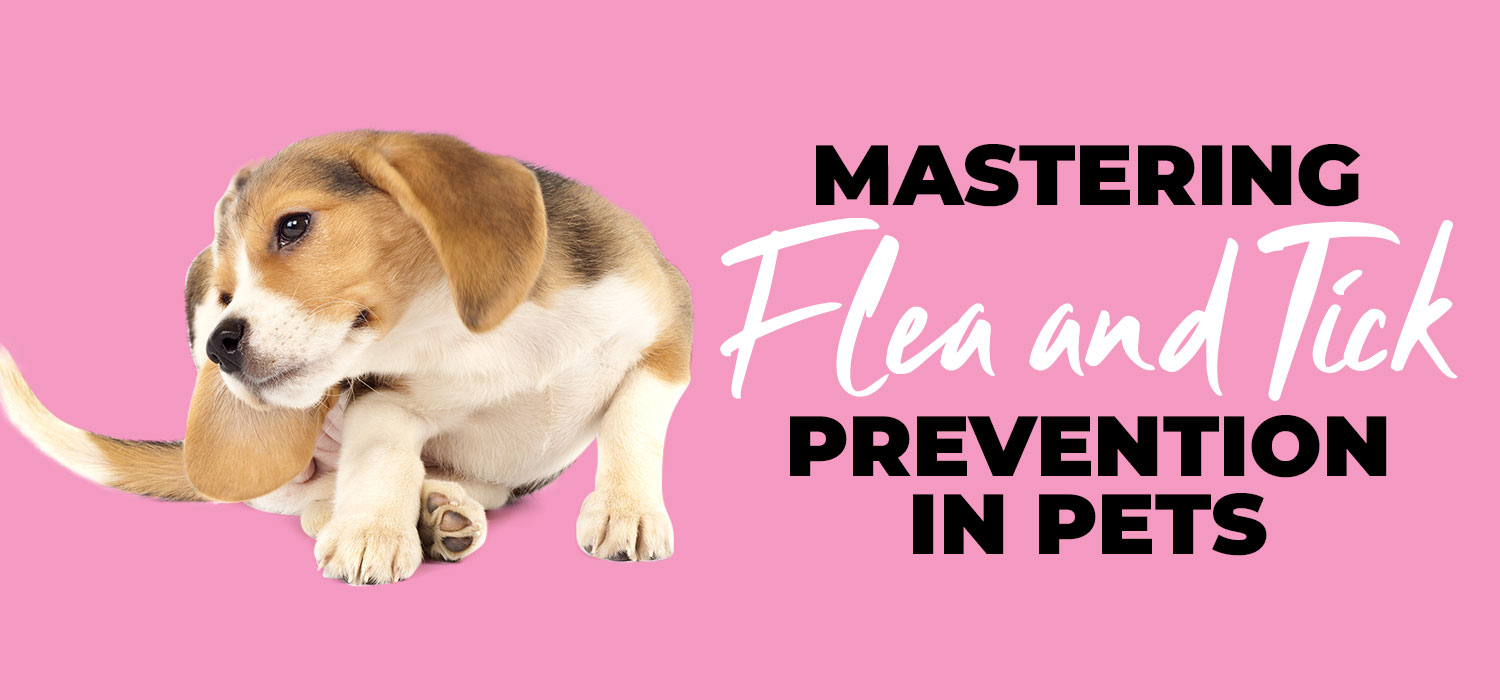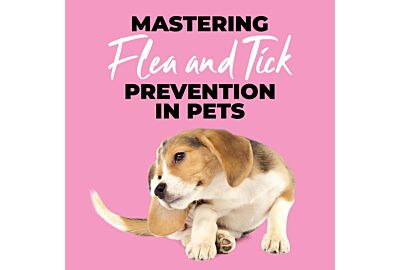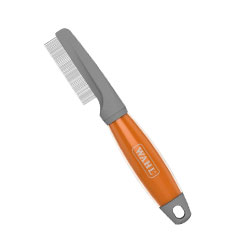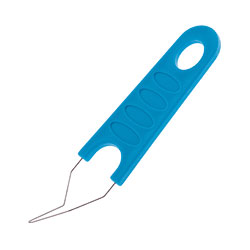

A world free from the menace of fleas and ticks is a dream every pet parent shares. To transform this dream into reality, this 2023 guide delves into the most effective strategies for flea and tick prevention in dogs. Whether you're worried about flea lifecycle stages or tick-borne diseases in pets, we've got you covered.
Firstly, let’s get an idea of what we’re dealing with. Fleas and ticks are similar in that they use their sharp mouth parts to cut into the skin and feed on your pet’s blood. They leave behind redness and irritation and can also transmit diseases to both humans and pets.
So how do they differ? Fleas are wingless insects, ticks are arachnids (related to spiders). Adult Fleas find 1 host and stay there until they die (they have a life span of 2-3 months) whereas ticks move around multiple hosts changing every couple of weeks. They both thrive in warm weather but ticks are better adapted to live through the winter and can therefore live for up to 3 years. Fleas can jump 150 times their height and the female flea can lay 40-50 eggs in a day – just think how quickly an infected dog could infest your salon!
In fact, fleas could live in your salon for 100 days without a blood meal. Fleas tend to cause skin issues such as allergies and dermatitis, and they can carry tape worms, whereas a single bite from an infected tick can cause many potentially more harmful diseases including Lyme Disease.
You should encourage your customers to check their pets regularly, especially when they return from walks. Ticks should be removed immediately, but as they embed into the skin you should always use a tick remover - an important piece of kit for any professional groomer!
Recognising Flea and Tick Infestation Signs
Before we delve into prevention strategies, it's essential to recognise the signs of an infestation. A persistently scratching dog, unusual red patches on the skin, or evidence of fleas and ticks in your dog's fur are all red flags. Timely identification can save your dog from a host of problems including flea allergies, skin infections, and tick-borne diseases.
Topical Flea Treatments and Collars: These offer protection and are easy to apply. They work by killing fleas and ticks on contact, reducing the risk of tick-borne diseases in pets. Flea and tick collars offer prolonged protection and are particularly effective when your dog spends a lot of time outdoors.
Flea Shampoos for Pets: Regular bathing with a flea and tick shampoo such as Bye Bye Buzz by Groom Professional is another helpful prevention method, particularly during the flea and tick season.
Oral Medications: These act fast, killing fleas and ticks shortly after they bite, disrupting the flea lifecycle.
Home and Environmental Control: Regular cleaning of your pet's living area and your home, along with maintaining your yard, can reduce the risk of an infestation.
Tick Removal Techniques
In the unfortunate event of a tick latching onto your pet, knowing the correct tick removal techniques is crucial. Using a specialist tool such as Groom Professionals Tick Remover, brush the hair back to reveal the tick. Place the largest part of the tick remover over the tick and slowly but firmly trap the tick and pull away from the skin without crushing it. Afterwards, clean the area and your hands thoroughly.











